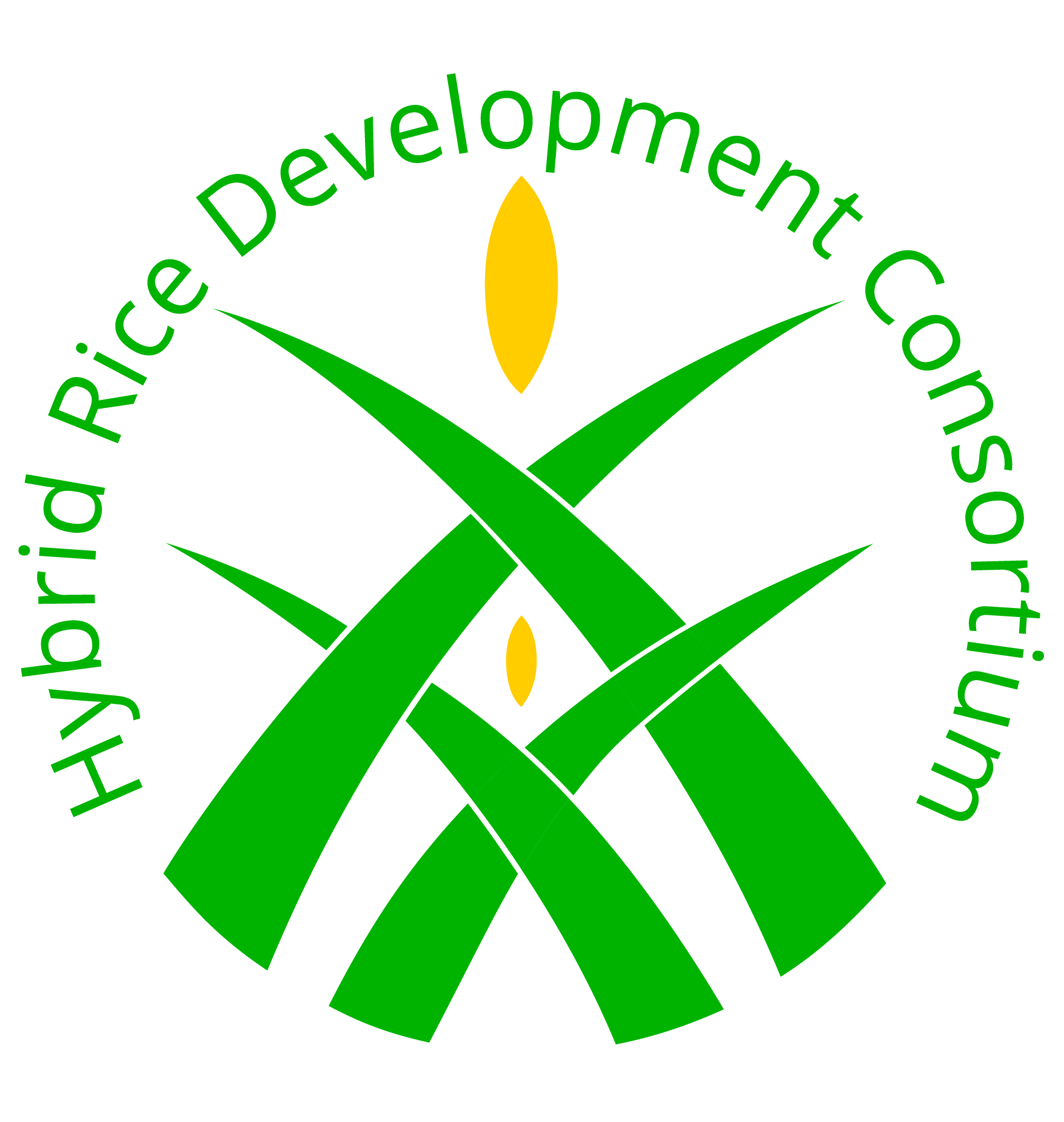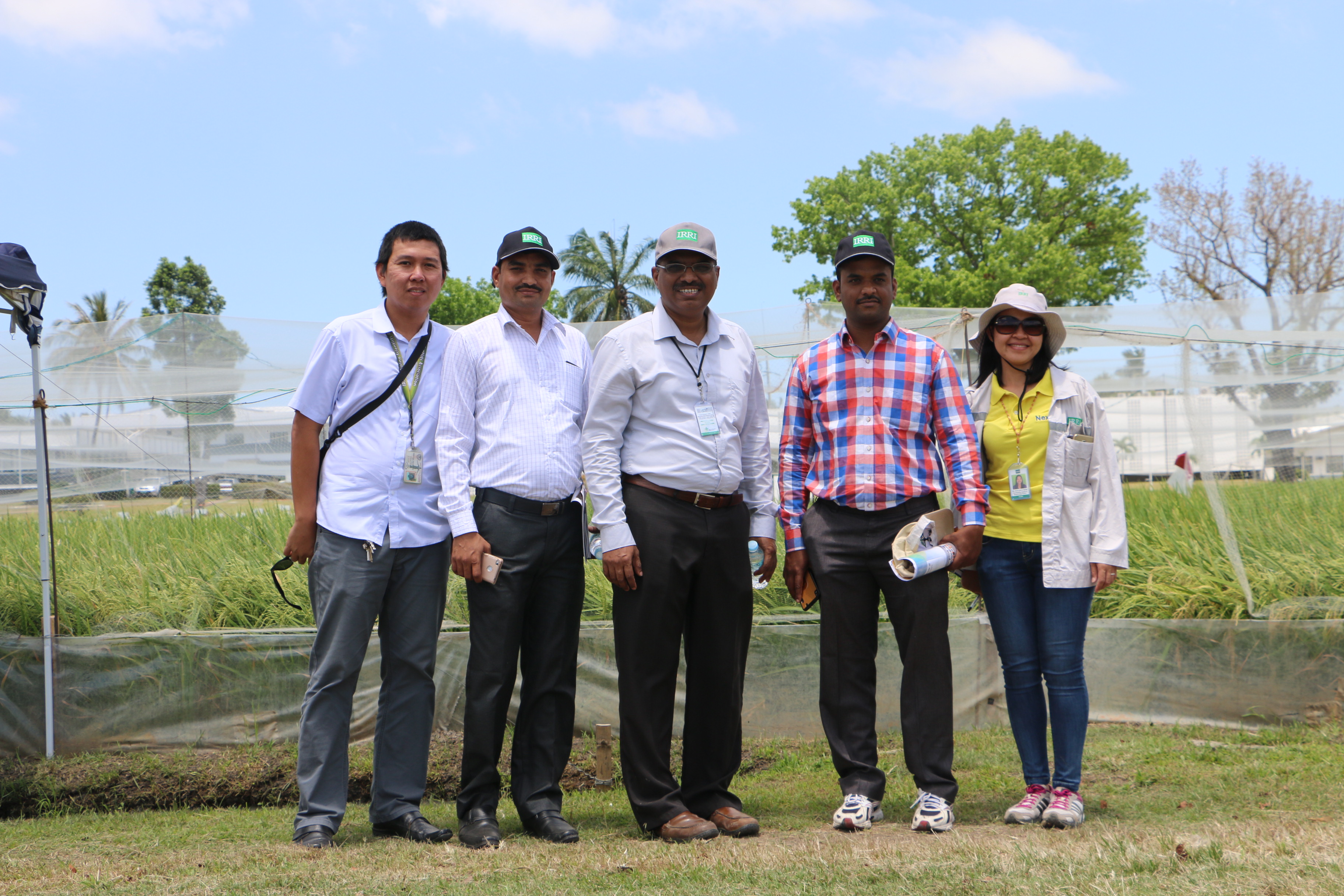LOS BAÑOS, Philippines—One of India’s leading vegetable seed producers is expanding its products to include hybrid rice. The company recently joined the Hybrid Rice Development Consortium (HRDC) that promotes innovation and access to new germplasm and information on hybrid rice technology. The membership-based organization at the International Rice Research Institute (IRRI) helps other organizations collaborate in the research and production of hybrid rice varieties.
“We want to have a long-term relationship with the Hybrid Rice Development Consortium (HRDC) because we have a lot of germplasm and the expertise is here,” noted Mr. Rajendra Krishna, a rice breeder at Kalash Seeds Pvt. Ltd. A leader in the vegetable seed industry, the company is looking at producing hybrid rice, which currently occupies only 5-10% of the Indian seed market.
“Ninety percent of the market is dominated by non-hybrid open-pollinated rice types,” shared Mr. Pravin Naphade, a senior breeder at Kalash Seeds.
Moreover, the government is encouraging Indian farmers to produce more rice through different schemes. Hybrid rice is an option being considered by rice farmers because of its ability to produce higher yield.
Kalash Seeds targets producing hybrid rice with either fine or medium-slender grains for markets in Chhatisgarh, West Bengal, Uttar Pradesh, and other southern states.
“The consortium is trying to develop good products like parental lines or even hybrids,” explained IRRI scientist Jauhar Ali, who also leads the HRDC. “We’ll put these into the HRDC members’ platform so they have an opportunity to look at these materials and take a lead in it.”
First established in 2008, the HRDC currently has 75 members from both the public and private sector, 26 of which come from India.
Mr. Naphade (2nd from left) and Mr. Krishna (center) learns about hybrid rice with Dr. Ali (leftmost) in one of the field trials inside IRRI. Also in the photo are IRRI assistant scientists Erik Jon de Asis (rightmost) and Ma. Anna Lynn Sevilla (2nd from right). (Photo credit: Jonathan Montecillo and Merlito Frias, IRRI).
Mr. Krishna (left) and Mr. Naphade (right) checks the hybrid rice lines in one of the HRDC field trials. (Photo credit: Jonathan Montecillo and Merlito Frias, IRRI).
Mr. Praveen (second from left) and Mr. Krishna (second from right) of Kalash Seeds Pvt. Ltd. sees hybrid rice seed production as the next step for their company. Also in photo: Erik Jon de Asis, Assistant Scientist; Ma. Anna Lynn Sevilla, Assistant Scientist. (Photo credit: Jonathan Montecillo and Merlito Frias, IRRI).
Other news items
IRRI Breeder To Address Hybrid Rice Adoption, Advances at Asian Seed Congress
BANGKOK: APSA’s Special Interest Group on Hybrid Rice will meet at the upcoming Asian Seed Congress to discuss the latest developments in research and market challenges. Rice is the most important staple food crop for more than half of world’s population. In the Asian...
Leading Philippine hybrid rice seed producer joins HRDC
LOS BAÑOS, Philippines—One of the leading hybrid rice seed producers in the Philippines, SL Agritech Corporation, signed an agreement at the International Rice Research Institute (IRRI) on May 3 to join the Hybrid Rice Development Consortium (HRDC). According to HRDC...
Rice sufficient in three years
Rice sufficiency may not be a far-fetched dream for the Philippines after all, if the country modernizes its agricultural sector. IRRI is working with the Philippine Department of Agriculture to help the country produce enough rice for millions of Filipinos. Hybrid rice is reportedly one crucial component of the plan.
The Philippines could be rice sufficient by 2020
By 2020, the Philippines could be self-sufficient in rice. But with shrinking lands, climate change, and other challenges, the plan to be self-sufficient by 2020 can only be fulfilled by using modern agricultural strategies like hybrid rice. Learn more about IRRI’s work on hybrid rice.
The Syngenta trainees met Dr. Jauhar Ali for Hybrid rice discussion at the IRRI HQ.
The Syngenta trainees met Dr. Jauhar Ali for Hybrid rice discussion at the IRRI HQ. They had discussions on good quality seed production and informed them on HRDC and two, line hybrid seed production. Other news items



